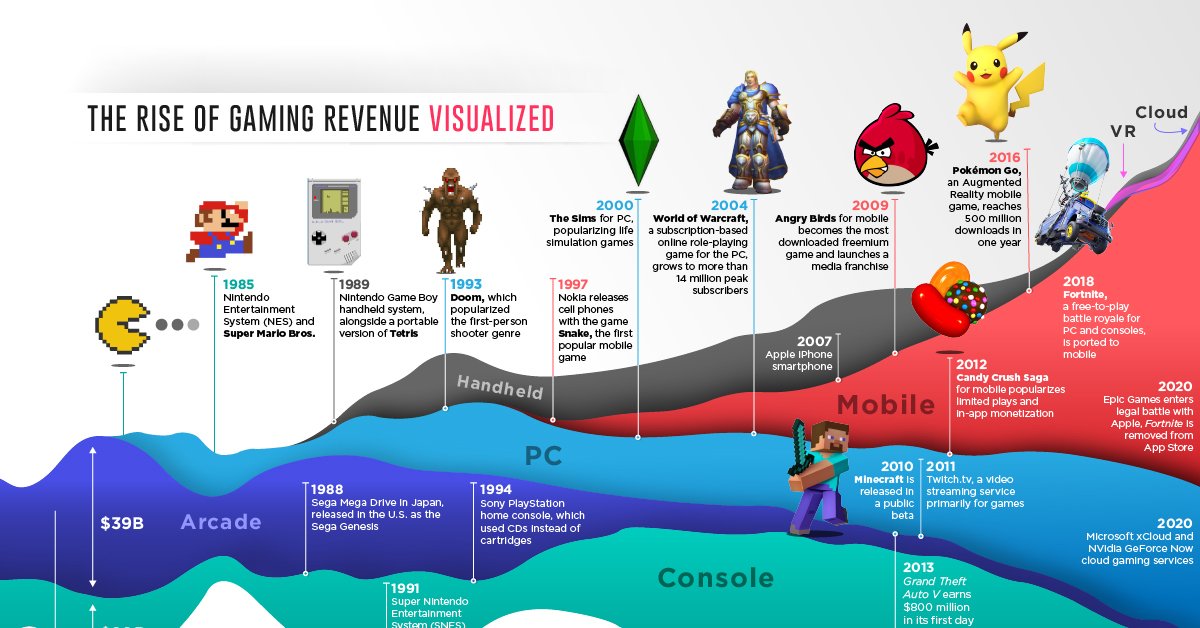
Video gaming began with offline console games—cartridges on a TV. Now, the industry has exploded into an online, subscription, and cloud-powered world that teaches us powerful lessons about how economy, marketing, and creativity shape success.
How the Gaming Economy Works
- Digital Distribution: Platforms like Steam, Xbox Live, and PlayStation Store turned games into downloads, eliminating the need for physical discs. This shifted profit margins in favor of publishers.
- Subscription Models: Services like Xbox Game Pass work like Netflix—you pay monthly to play many games. While convenient, some game creators warn this model might limit profits and creative freedom.
- Revenue Growth: By 2024, the video game industry made nearly $190 billion, way more than music or film combined.
Measuring Gaming Success: Key Performance Indicators (KPIs)
To understand how games perform, studios track metrics such as:
- Acquisition: How many new players?
- Engagement: How much time do players spend?
- Retention: Do they return daily?
- Monetization: How much do they spend? (e.g., in-game items or subscriptions)
Learning to track these helps young entrepreneurs understand what makes digital products successful.
Pre-Launch: Building Hype the Smart Way
- Soft Launch: Release to a small, focused audience to test mechanics, fix bugs, and build early fans.
- Marketing Campaigns: Big titles (like Halo 3) launched with trailers, merch, and midnight events, turning game launches into cultural phenomena.
- Crowdfunding: Indie games like Broken Age raised millions via Kickstarter, proving passion projects have real market power.
- Streamer and Community Outreach: Today, many games launch via influencers and live streams instead of traditional advertising.
Why Some Games Become Blockbusters
It’s not just gameplay—it’s storytelling and emotional hooks:
- Memorable characters and worlds.
- Unexpected narratives.
- Experiential marketing that questions and excites.
When all these align, a game turns into a shared experience, turning players into fans and promoters.
What Future Student Entrepreneurs Can Learn
| Lesson | What You Can Do |
|---|---|
| Measure your success | Use KPIs: How many people view your content? How many follow your social? |
| Start small, launch smart | Prototype your idea and test it with friends before going big. |
| Build hype strategically | Teasers, social posts, beta feedback campaigns—get people curious. |
| Tell a story | Even if you’re selling T-shirts or blog ideas, emotional connection wins. |






